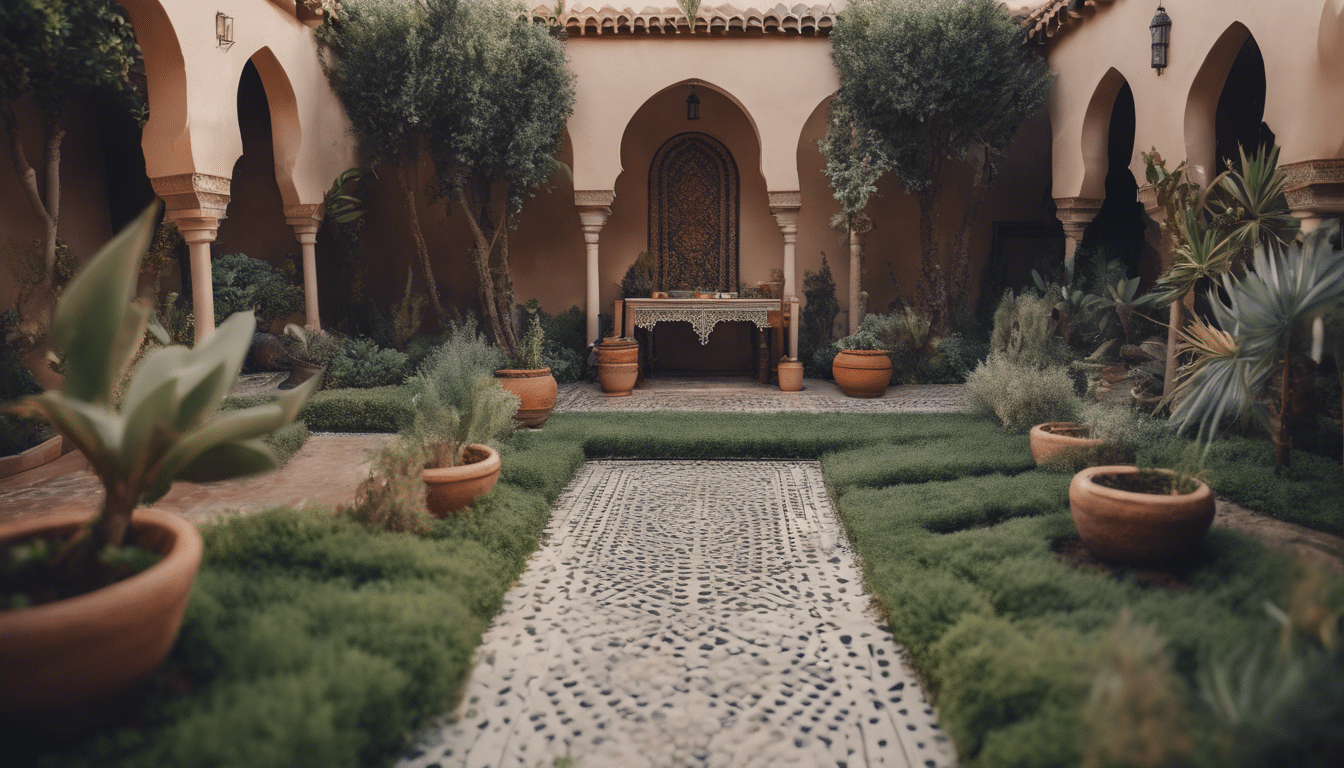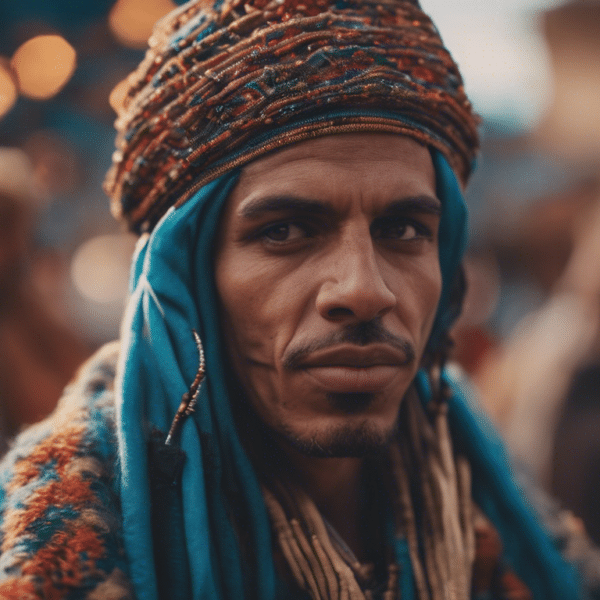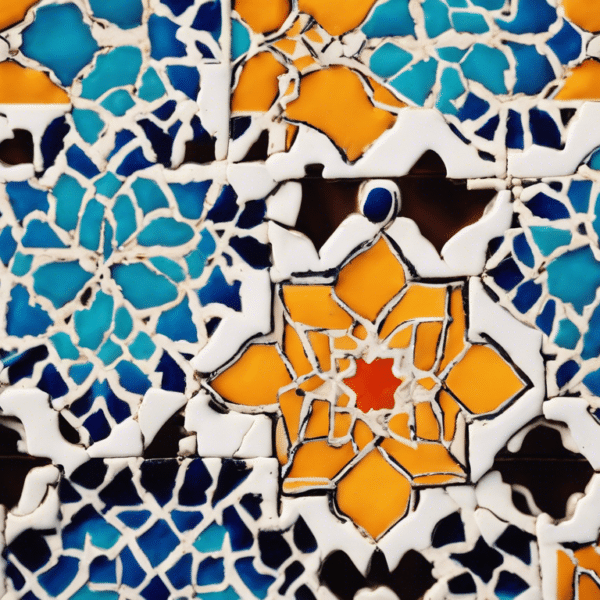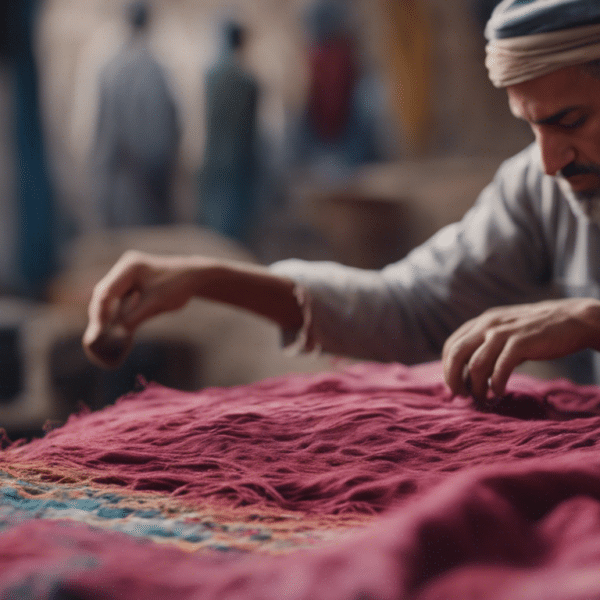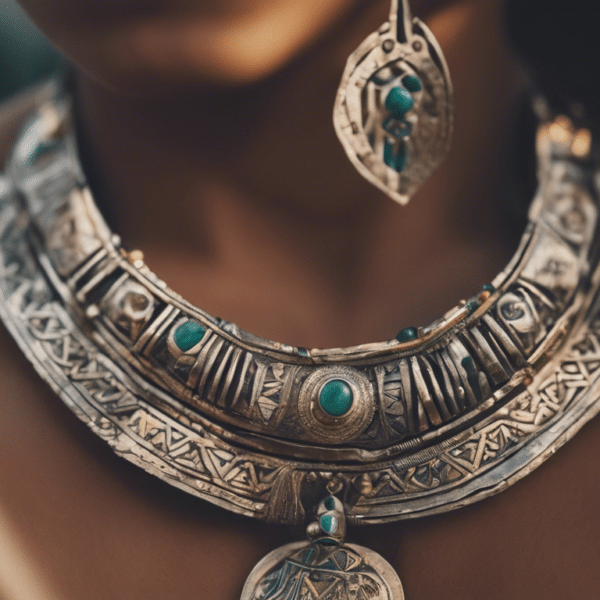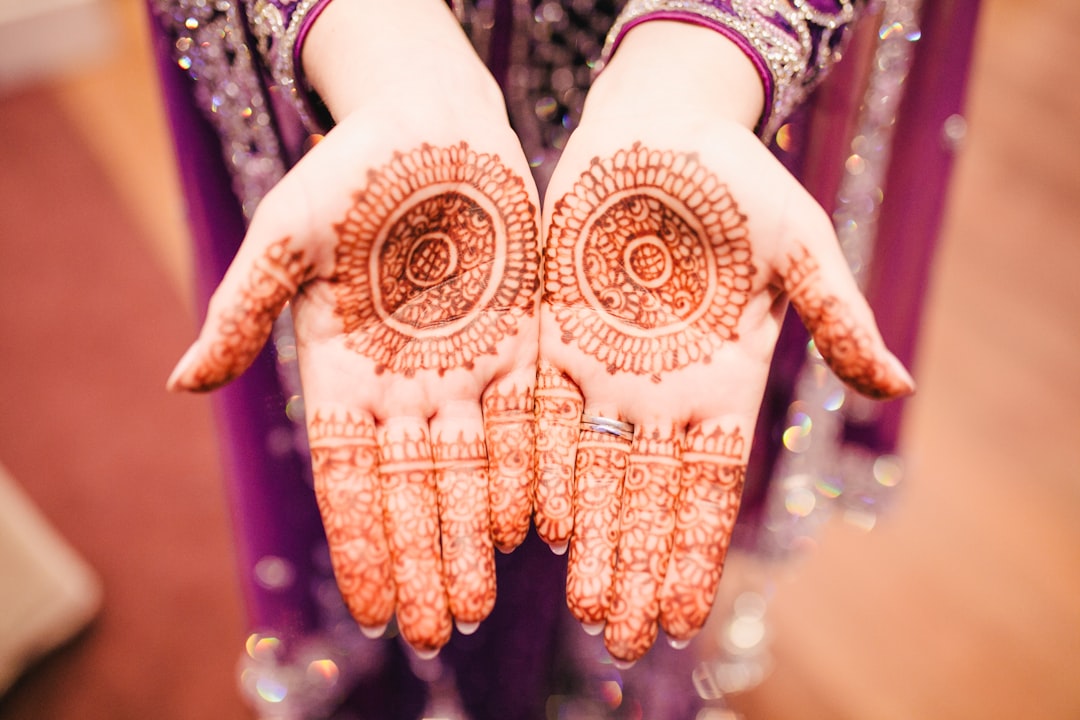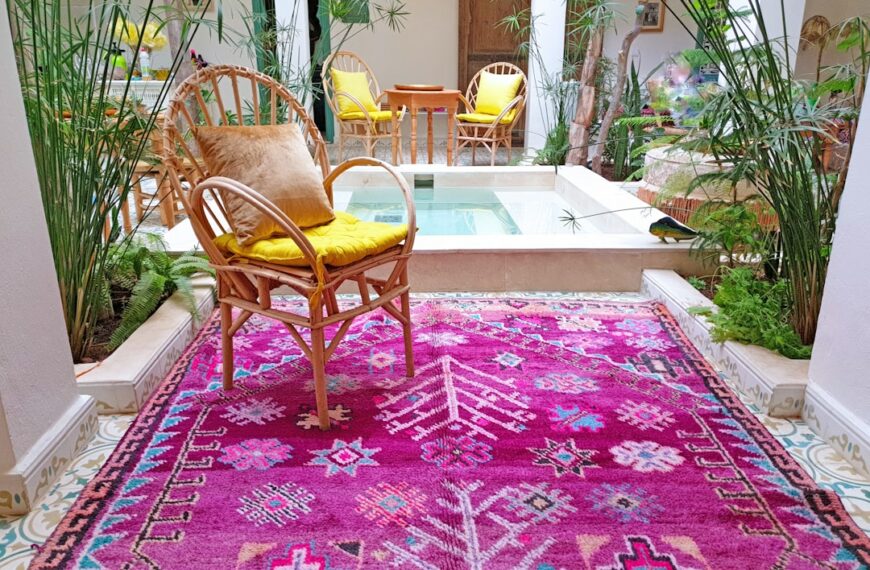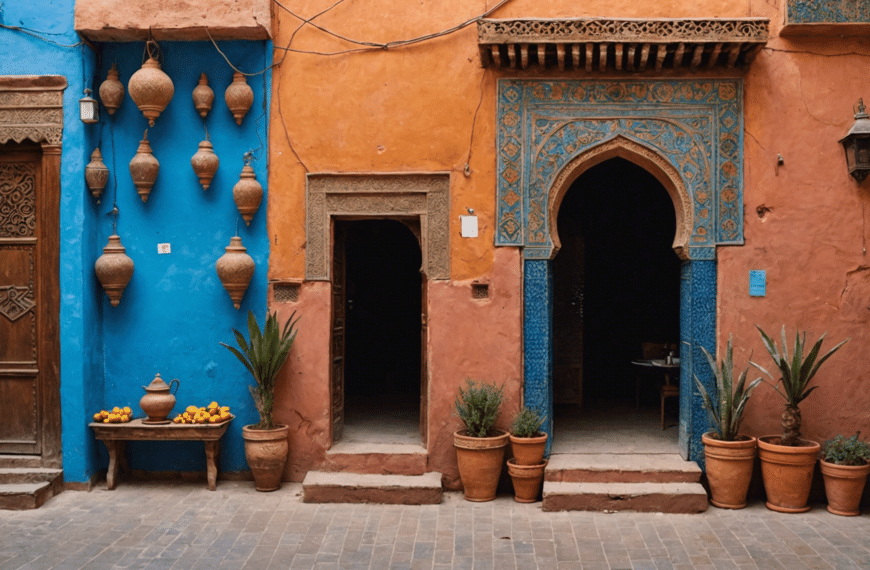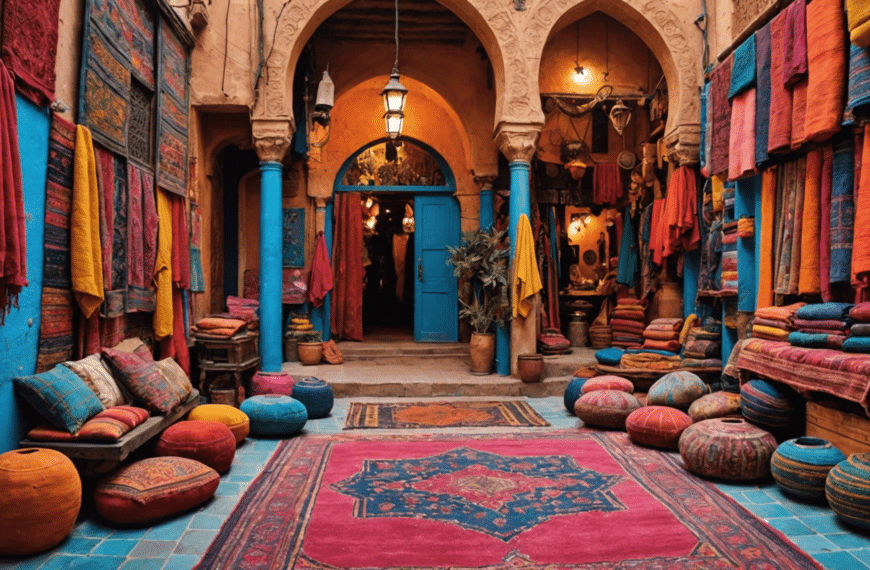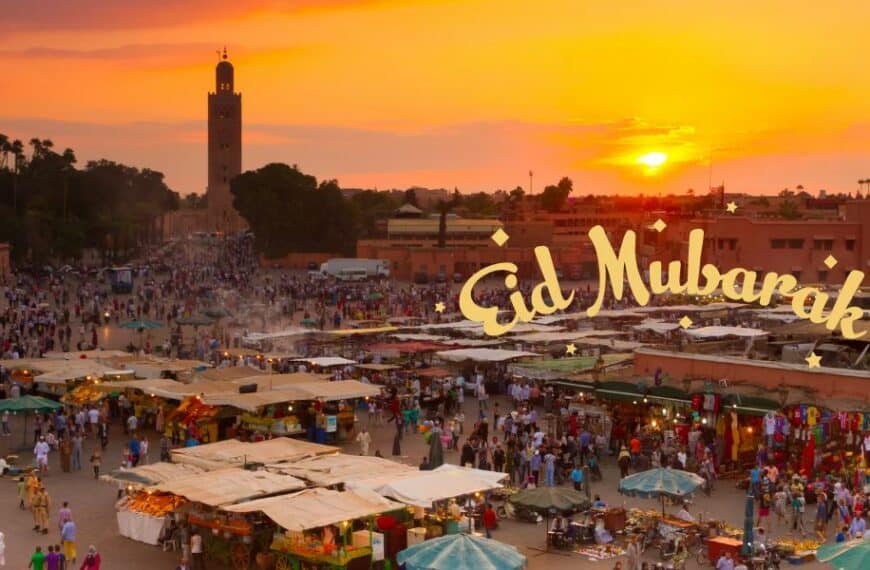Nestled amidst the bustle of ancient medinas and the whispers of the Sahara, lies a world where greenery weaves into the fabric of history and culture—a realm where Moroccan garden design flourishes. Journey with us as we unveil the tranquil beauty of these verdant sanctuaries. From the rhythmic cascade of water features to the intricate play of shadow and light, every garden tells a story, a whispering echo of the past that invites you to lose yourself in its serene embrace. Today, we venture into the heart of Morocco’s horticultural artistry, where each plant, pathway, and pavilion is a testament to time-honored traditions, skillfully balancing nature with intricate craftsmanship. Prepare to be enchanted by the charms of these hidden oases as we delve into the realm of Moroccan garden design—an adventure for the soul, an inspiration for the heart.
The Essence of Moroccan Garden Design
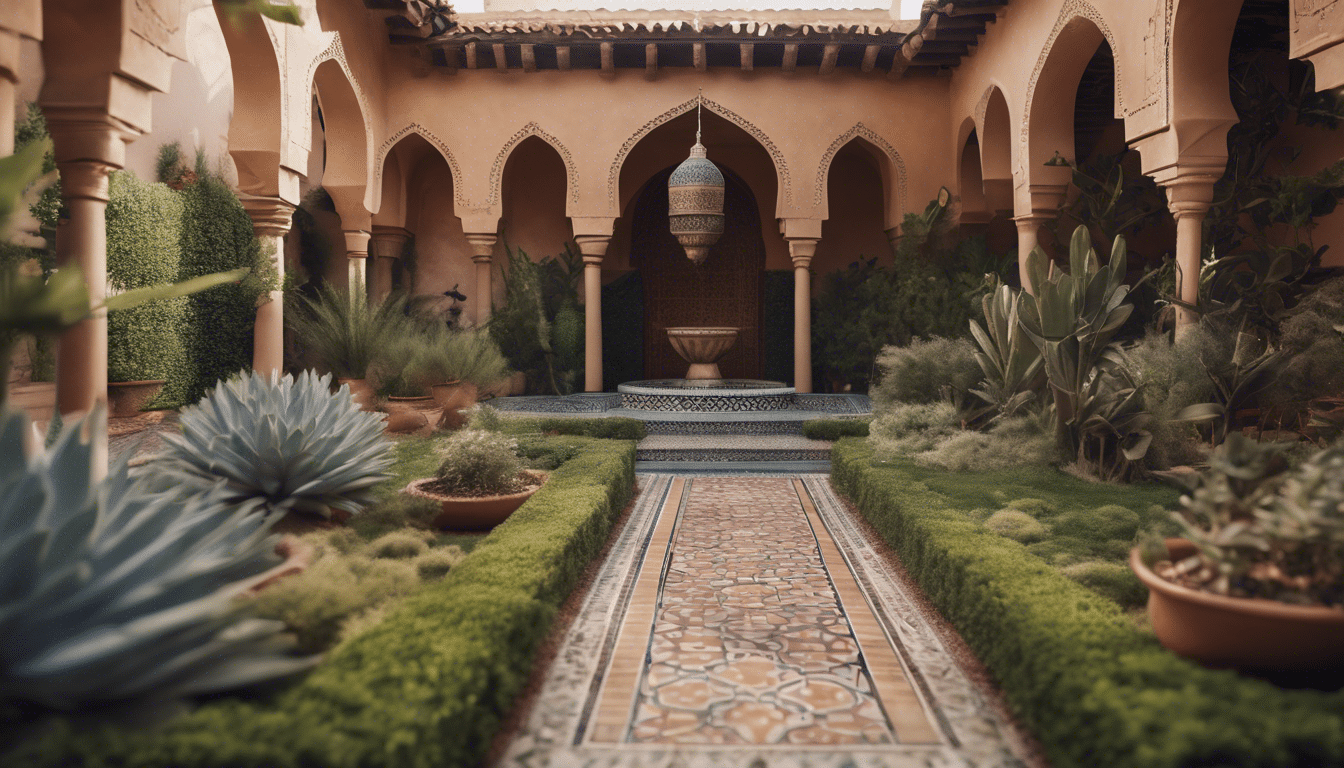
Nestled in the heart of the bustling streets and the tranquil deserts of Morocco lies a hidden oasis that embodies the country’s rich cultural heritage – the Moroccan garden. A true embodiment of serenity and meticulous design, Moroccan gardens are more than just an outdoor space; they are a celebration of life, nature, and art. Through this exploration, we will delve into the core of what makes Moroccan garden design truly unique and captivating.
Understanding the Foundations of Moroccan Garden Design
At its core, Moroccan garden design is deeply rooted in the Islamic tradition of creating paradisiacal garden spaces that reflect the harmony and beauty of the afterlife. This design philosophy revolves around the four essential elements: water, plants, architecture, and geometric patterns. These elements are not only aesthetically pleasing but also carry significant symbolism and purpose in the overall design.
Water: The Soul of the Garden
In Moroccan gardens, water is considered the lifeblood that brings vitality and coolness to the space. Reflective pools, fountains, and rills are commonly found, serving both decorative and practical purposes. They create a tranquil ambiance while symbolizing the flow of life and the purity of nature.
Lush Plantings: A Celebration of Life
Plants play a crucial role in Moroccan garden design, with an emphasis on variety and lushness. Fruit trees, such as orange and lemon trees, alongside palm trees, offer shade and fragrance. Ground covers and flowers, including roses and jasmine, add color and texture, creating a sensual delight that appeals to the senses.
Architectural Elements: Framing the Natural Beauty
The architecture in Moroccan gardens is as vital as the natural elements. Mosaic tiles, intricately carved woodwork, and ornamental stonework adorn walls, pathways, and fountains. These architectural details not only enhance the garden’s visual appeal but also reflect the craftsmanship and artistic heritage of Moroccan culture.
Geometric Patterns: The Art of Symmetry
One of the most distinctive aspects of Moroccan garden design is the use of geometric patterns. These patterns are not random but thoughtfully integrated into the layout and decorations of the garden, symbolizing the universe’s order and harmony. They are manifested in pathways, garden beds, and even the arrangement of plants and water features.
Incorporating Moroccan Garden Design Elements
For those inspired by the beauty and essence of Moroccan garden design, integrating elements into one’s own garden can transform an ordinary space into an exotic retreat. Consider adding a water feature as the centerpiece, surrounded by lush plantings that provide color and fragrance. Incorporate architectural elements such as mosaic tiles and carved wood to add depth and texture. Lastly, play with geometric patterns in the layout and design of the garden, reflecting the order and beauty inherent in Moroccan garden design.
In essence, Moroccan garden design is not merely about creating a visually stunning space but about reflecting the harmonious balance of nature, art, and spirituality. It invites one to step into a world of tranquility, beauty, and reflection, making every visit a truly enchanting experience.
Tracing the Roots: Historical Influences on Moroccan Landscapes
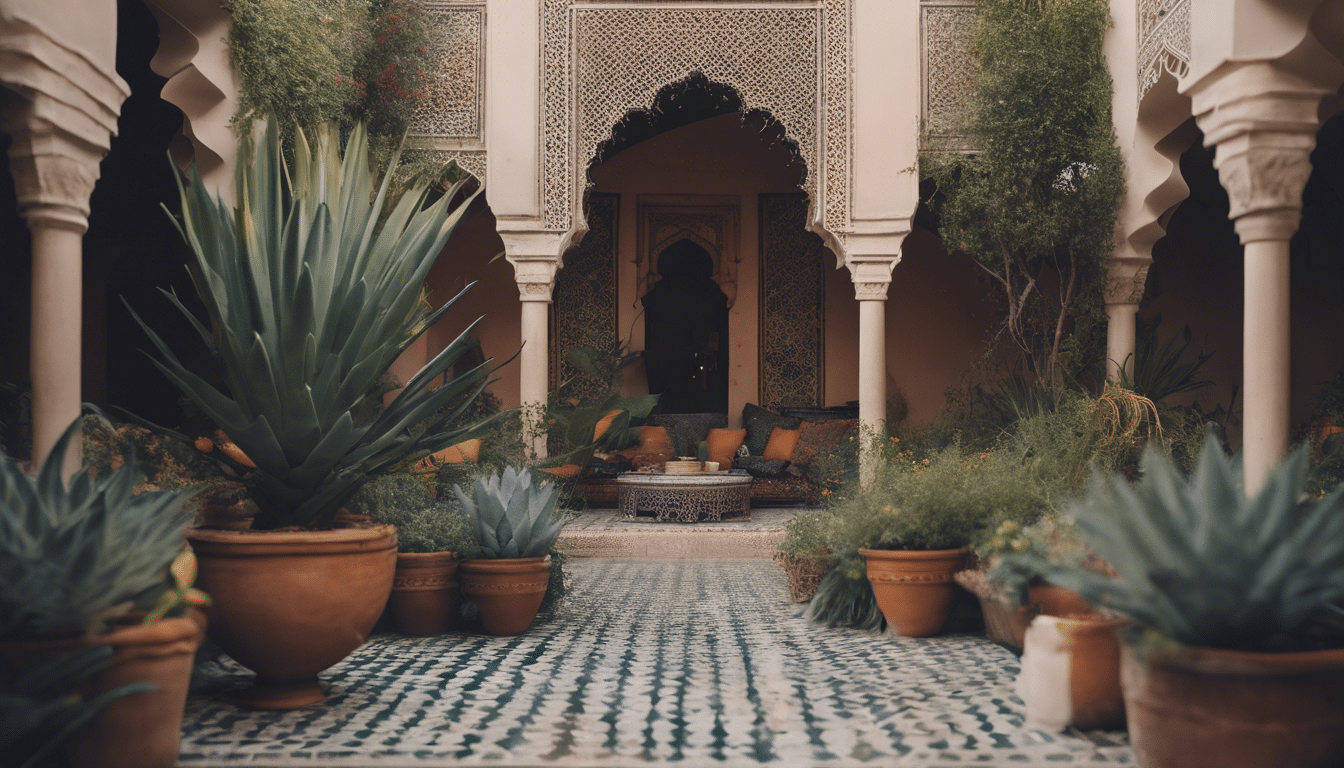
The intricate and captivating designs of Moroccan gardens are not merely a testament to the country’s rich aesthetic legacy but also a reflection of its historical journey, deeply influenced by various cultures over the centuries. To fully appreciate the beauty and complexity of Moroccan garden design, it is essential to delve into its origins and the significant influences that have shaped its evolution.
The fusion of cultures in Moroccan garden design
At the heart of Moroccan garden design lies a sublime blending of elements inherited from different civilizations that have left their mark on Morocco. The Romans introduced the concept of structured, geometric gardens, which later melded with the profound Islamic appreciation of nature as a reflection of paradise. This synthesis resulted in spaces that are both orderly and symbolic, where every plant, water feature, and architectural element holds meaning.
Islamic influences and the paradise garden
One cannot discuss Moroccan garden design without acknowledging the profound impact of Islamic culture. The concept of the garden as a paradise (Jannah) is deeply embedded in Islamic architectural traditions. This vision of paradise comprises lush greenery, flowing water, and serene, shaded areas, all symbolizing spiritual ideals. The famed Moroccan riads with their central courtyards, water fountains, and vibrant flora are modern-day embodiments of these paradise gardens, offering a tranquil oasis amid bustling urban landscapes.
Andalusian contributions to garden aesthetics
The exchange between Moorish Spain and Morocco also significantly influenced Moroccan landscaping. This interaction brought intricate tilework, elaborate water features, and a diversity of plant species to Moroccan gardens. The iconic Generalife Gardens of the Alhambra serve as a prime example, inspiring many Moroccan gardens with their symbiosis of water, architecture, and vegetation, creating a refreshing and contemplative environment.
Adaptation to environment and sustainability
A key aspect of traditional Moroccan garden design is its ingenious adaptation to the local climate. Techniques such as high walls for privacy and protection, shaded walkways, and the use of local, drought-resistant plants reflect a deep understanding and respect for the natural environment. Today, these principles find resonance in sustainable landscaping practices, emphasizing ecological balance and resource conservation.
Conclusion: The enduring legacy of Moroccan garden design
The enduring appeal and relevance of Moroccan garden landscapes lie in their deep historical roots, cultural symbiosis, and harmonious integration with nature. As modern designers and garden enthusiasts look to create spaces that are both beautiful and sustainable, the ancient wisdom and aesthetic principles of Moroccan garden design continue to offer valuable inspiration. Its blend of functionality, symbolism, and environmental consciousness highlights the timelessness of Morocco’s garden heritage, preserving its allure for future generations to explore and appreciate.
The Key Elements Defining a Moroccan Garden
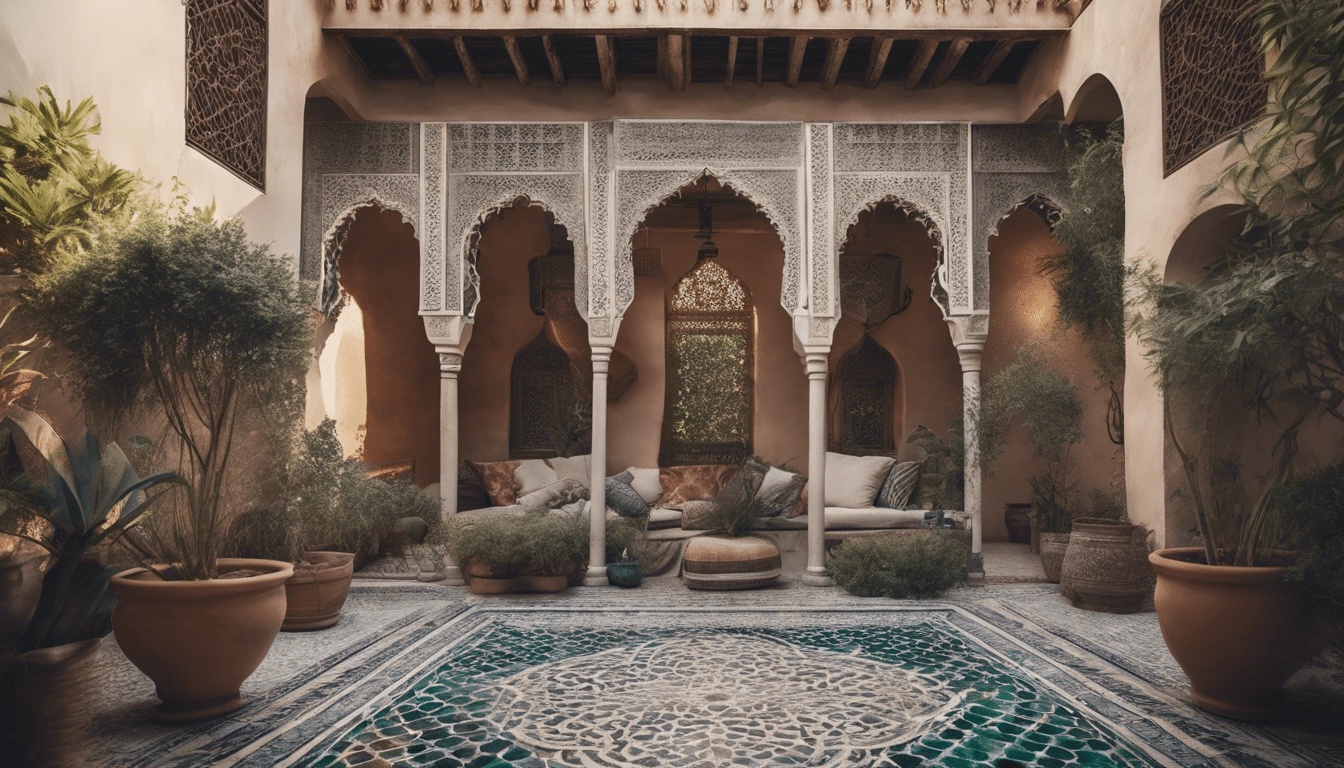
In the heart of Morocco lies a secret, nestled within the walls of homes and palaces: the Moroccan garden. This oasis is not only a retreat from the bustling cities and the heat but also a reflection of rich cultural heritage and art. Moroccan garden design is characterized by its intricate detail, vibrant colors, and the harmonious blend of beauty and functionality. To truly understand the allure of Moroccan gardens, one must delve into the key elements that define their unique charm.
Water Features as the Heartbeat of serenity
The sound of water is synonymous with tranquility, and in Moroccan garden design, it is considered the soul of the garden. Traditional gardens often feature a central fountain, which serves as both a focal point and a cooling mechanism. The gentle sound of trickling water adds a sense of peace and serenity, making the garden a perfect refuge. Channels of water, known as ‘rills,’ are also common, creating a visual connection between different areas of the garden and symbolizing the life-giving properties of water.
Lush Vegetation and aromatic plants
Moroccan gardens are lush oases filled with an array of plants that provide shade, fragrance, and color. Orange and lemon trees are staples, adding a vibrant citrus scent and a splash of greenery. Jasmine and mint further perfume the air, creating a sensory experience that is distinctly Moroccan. Rose bushes and bougainvillea add bursts of color, while palms and olive trees offer shade and structure. The careful selection of plants ensures that the garden is a feast for the senses all year round.
Intricate tiling and vibrant colors
No Moroccan garden is complete without the intricate and vivid mosaics known as zellige. These traditional tiles are used to decorate walls, floors, and fountains, adding a splash of color and pattern. The geometric designs, often in shades of blue, green, and yellow, are a testament to the Islamic influence on Moroccan art and architecture. This attention to detail and love for vibrant colors extends to textiles and decorations, including cushions, lanterns, and rugs, which add comfort and warmth to the outdoor space.
Privacy and tranquility with structural designs
Privacy is paramount in Moroccan culture, and garden designs reflect this through the use of high walls and strategically placed plants. These elements create a secluded and intimate atmosphere, allowing the garden to be a private escape. The architecture often includes shaded seating areas, known as boudoirs, which are designed for relaxation and socialization. Arches and gateways frame views and lead visitors through the garden, adding an element of mystery and exploration.
Integration with nature and sustainability
Moroccan garden design embodies a deep respect for nature and strives for sustainability. The use of local materials and plants reduces the environmental impact, while traditional water management practices, such as collecting rainwater, exemplify efficient use of resources. This integration with the natural environment ensures that the garden not only is beautiful but also promotes eco-friendly practices.
A Moroccan garden is more than just an outdoor space; it is a reflection of culture, art, and history. By incorporating the key elements of water features, lush vegetation, intricate tiling, privacy structures, and sustainability, one can capture the essence of Moroccan garden design. These gardens are a testament to the beauty and complexity of Moroccan culture, inviting visitors to step into a world of tranquility, color, and sensory delight.

